
Anthony Aguirre
Professor Aguirre's
astrophysics work has focused on numerically modeling
enrichment of the intergalactic medium with metals and
dust using numerical and semi-analytic calculations,
and in analyzing QSO spectra to assess the observed
metallicity of the IGM at all redshifts.
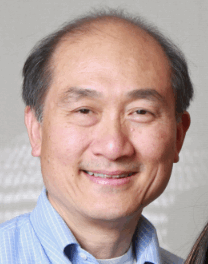
David Koo
Faint surveys of galaxies and
active galactic nuclei (AGN) continue to be the primary
focus of my research in observational
cosmology. Besides using the Keck Telescopes to obtain
deep spectroscopic surveys (e.g., DEEP2 & DEEP3) of the
distant universe, my research also exploits the
exquisite optical and near-infrared images from the
Hubble Space Telescope (e.g. CANDELS) as well as
complementary panchromatic (multiwavelength) imaging
ranging from the X-ray using Chandra in space to the
radio using the VLA from the ground (see AEGIS
program). The science goals are to answer the basic
questions of 1) how did galaxies acquire their stars,
gas properties, dust, and morphologies? 2) what has
been and explains their evolution in star formation,
supermassive black hole growth, infall and outflow of
gas, chemical abundances, and development and assembly
of galactic structures such as bulges, disks, bars,
clumps, and halos? and 3) can we explain what we
observe with the most advanced theoretical simulations?
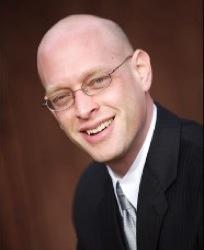
Mark Krumholz
Professor
Krumholz's research focuses on star formation and the
interstellar medium. The big questions he hopes to answer
are what sets the global rate of star formation in gas
clouds and galaxies? What determines the mass distribution
of newly-formed stars? What processes control the
formation of the most massive stars, which are the dominant
source of luminosity in the universe? How long do
star-forming clouds live, and what ultimately destroys
them? He tries to answer these questions using a mixture of
analytic investigations and numerical simulations

Doug Lin
Professor Lin's research
interests include studies of star formation, the ISM of
dwarf galaxies, and stellar accretion
disks.
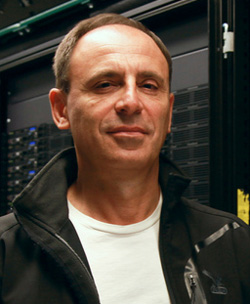
Piero Madau
Professor
Madau's research focuses on theoretical astrophysics
and cosmology. Specific topics within these broad
areas are: the physics of the intergalactic medium,
first light and the dawn of galaxies, high-energy
radiation backgrounds, the formation and evolution of
massive black holes, the cosmic history of star
formation. Other recent interests include the "Via
Lactea Project", a suite of extremely high-resolution
simulations of the assembly of the dark matter halo
of the Milky Way.
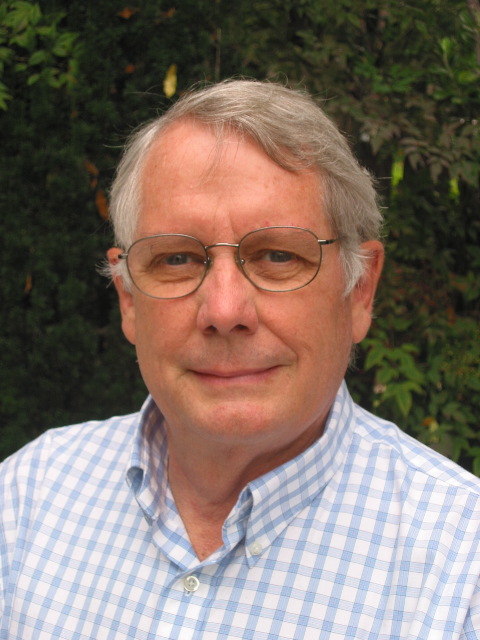
Bill Mathews
Emeritus Professor
Mathews has worked on many problems involving the
dynamics and physics of the ISM, quasar clouds and hot
gas in galaxy clusters. In recent years he has studied
AGN feedback in galaxy groups and clusters involving
gas dynamics, cosmic rays, and dust
cooling.
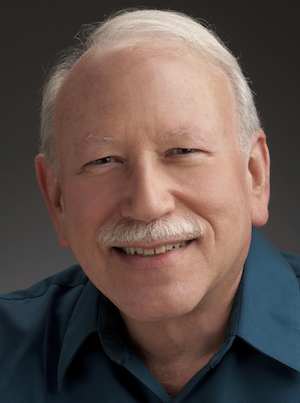
Joel
Primack
Professor Primack works on simulating
the large scale structure of the universe (including
running and analyzing simulations like Bolshoi and
Bolshoi-Planck) and the evolution of galaxies based
on ΛCDM, and comparing these simulations with
observations, especially from CANDELS. He develops
semi-analytic models (SAMs) of the entire evolving
galaxy population and compare with observations. He
co-leads the Assembling Galaxies of Resolved Anatomy
(AGORA) international collaboration to compare
high-resolution hydrodynamic galaxy simulations, and
he is developing analysis and visualization tools
for AGORA with support from the University of
California High-Performance AstroComputing Center
(UC-HiPACC), which he directs. He also studies the
extragalactic background light (EBL, all the
radiation emitted by galaxies from the UV to the
far-IR), both by calculating the EBL from SAMs and
directly from observations, and also by using
attenuation of high-energy gamma rays to measure the
EBL.
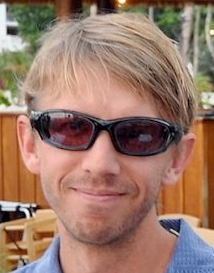
J. Xavier
Prochaska
Professor Prochaska's research
examines the nature of gas both within and outside
of galaxies, primarily during the first few billion
years of the universe. The analysis relies on high
resolution spectroscopy of distant, intrinsically
bright sources (quasars, gamma-ray bursts). In this
manner, we use the absence of light to study the
metallicity, molecular fraction, depletion,
ionization state, and velocity fields of gas in the
young universe.
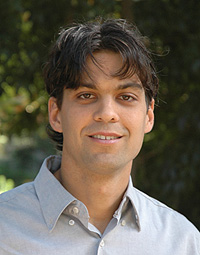
Enrico Ramirez-Ruiz
Professor
Ramirez-Ruiz's research focuses on the violent universe
with an emphasis on stellar explosions, gamma-ray
bursts and accretion phenomena. I am particularly
interested in understanding the physical processes that
govern accretion onto relativistic objects such as
black holes and neutron stars.

Zheng Cai
Dr. Cai is an IMPS fellow. He develops the novel
technique to pinpoint the most massive proto-clusters at
z=2-3, by utilizing intergalactic neutral hydrogen
absorption and quasar groups. In addition, he is leading
a number of other projects in high-redshift galaxies and
IGM, including the studies of the intergalactic medium
in emission, the early metal enrichment of IGM at z=4-6;
constraining the Population III stars in galaxies at
z=7; and probing the quasar host galaxies at z=2-3.

Ryan Cooke
Dr. Cooke is a Hubble
Fellow at IMPS. He is primarily interested in Big Bang
Nucleosynthesis, and the properties of the first stars
and galaxies. His other current research interests
include quasar absorption line systems, damped
Lyman-alpha systems, stellar nucleosynthesis and
Reionization.
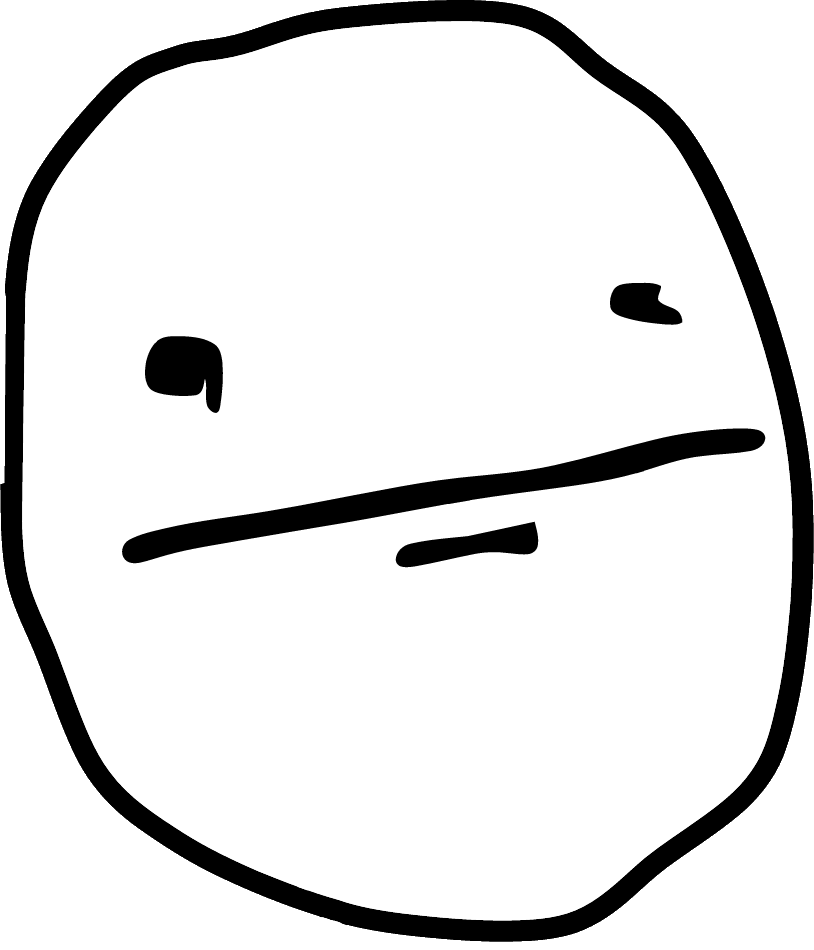
Marcel Neeleman
Dr. Neeleman is
an IMPS fellow.

Nicolas Tejos
Dr. Tejos is an
IMPS Fellow working on the connection between the
intergalactic medium (IGM) and galaxies. He is mainly
focused on how this relationship depends on large-scale
environment and cosmic time. In order to gather
statistical samples of intergalactic material and
galaxies, he mainly uses spectroscopy on telescopes
such as HST, Keck, VLT, Gemini, Magellan among
others. He is also interested in the use of gamma-ray
bursts (GRBs) as background sources to observe the IGM,
as a complement to the quasar (QSO) absorption line
technique.
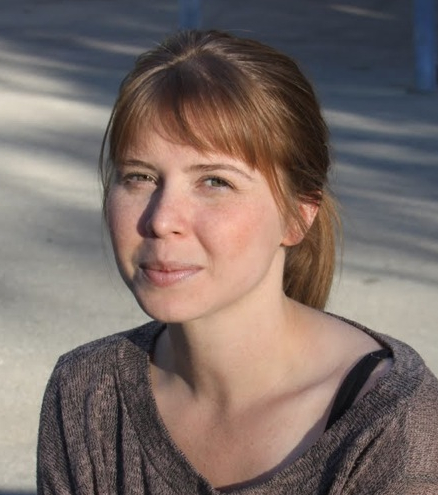
Jessica Werk
Dr. Werk is a
Hubble Fellow at IMPS. Her interests lie in the extended,
gaseous regions of galaxies, and how this gas relates to
the gas flows that dominate galaxy formation and
evolution. Her focus has been on the circumgalactic
medium, which represents the largest baryonic component
of a galaxy in both spatial extent and mass. She is an
observer with expertise in optical and UV spectroscopy
and photometry, who has had experience observing at
nearly all wavelengths at many space and ground-based
telescopes across the world.

John Forbes
John Forbes is a PhD student at
IMPS. His research currently focuses on the movement of
baryons in and around galaxies.

Nathan Goldbaum

Caitlin Johnson
Caitlin Johnson is a graduate
student at IMPS. Her research interests include
extragalactic very high energy astrophysics and the
extragalactic background light. By using a combination of
instruments and wavelengths, she studies the processes
occurring in AGN jets and how the gamma-ray emission
propagates through the universe.
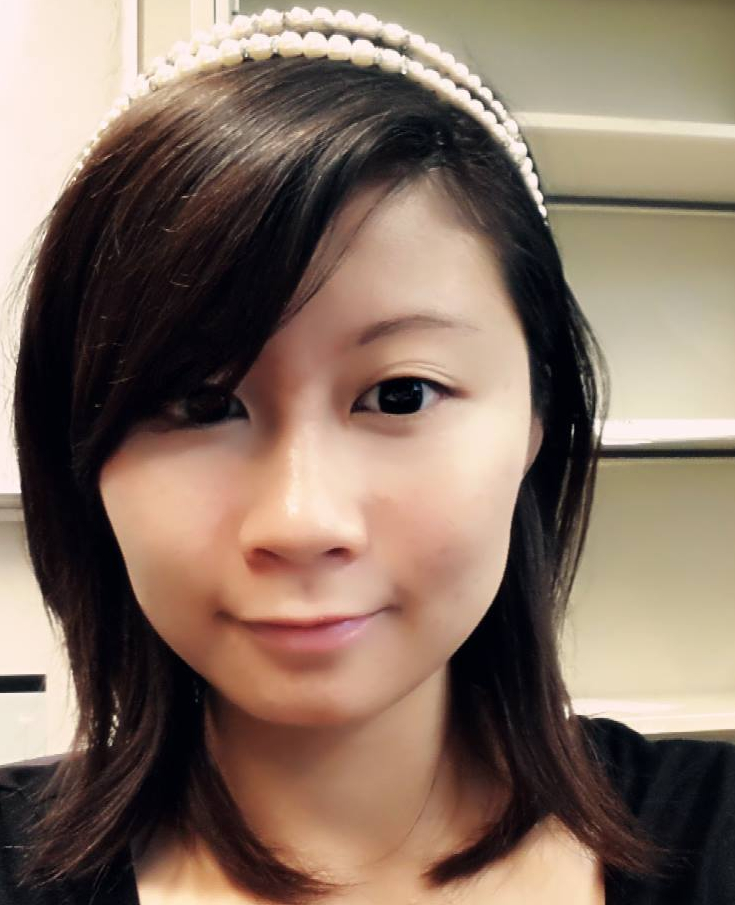
Marie Wingyee Lau
Marie Wingyee Lau is a
graduate student at IMPS. Her first project with
Professor Prochaska involved using spectroscopy of quasar
pairs to study the physics of the circumgalactic
medium. She is interested in cosmology or large scale
structure initiated research.
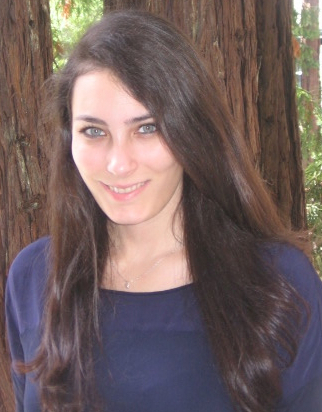
Camille Leibler
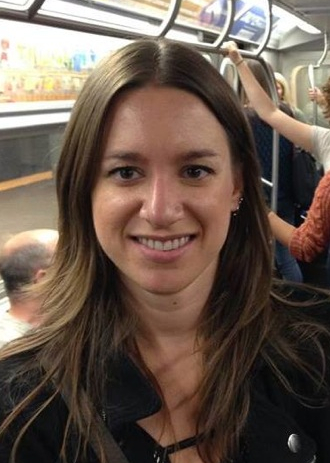
Anna Rosen
Anna Rosen is a graduate student
at IMPS. Her research interests are in the formation of
massive star clusters and how the energy and momentum
injected by the most massive stars in these
clusters—stellar feedback—can potentially eject
material from their natal cloud thereby, limiting how
much gas will be turned into stars and controling the
dynamics of HII regions. The types of feedback
mechanisms she focuses on are stellar winds and stellar
radiation.

Hassen Yesuf
Hassen Yesuf is a graduate
student at IMPS. His interested in studying galaxy
quenching processes that transform blue galaxies to red
and dead galaxies. He has worked on AGN feedback in
post-starburst galaxies and he is currently working on
outflows/inflows in high redshift galaxies using deep
keck spectroscopic surveys (DEEP3 & HALO7D) and optical
and near-infrared images from the Hubble Space Telescope
(in AEGIS & CANDELS fields).

Brandon Day
Brandon Day is an undergraduate
student working with Ryan Cooke on Lyα deforestation in
an attempt to decode and extract precious information
regarding the temperature of the IGM, deuterium
abundances, neutral baryon distribution, and other
factors of cosmology.
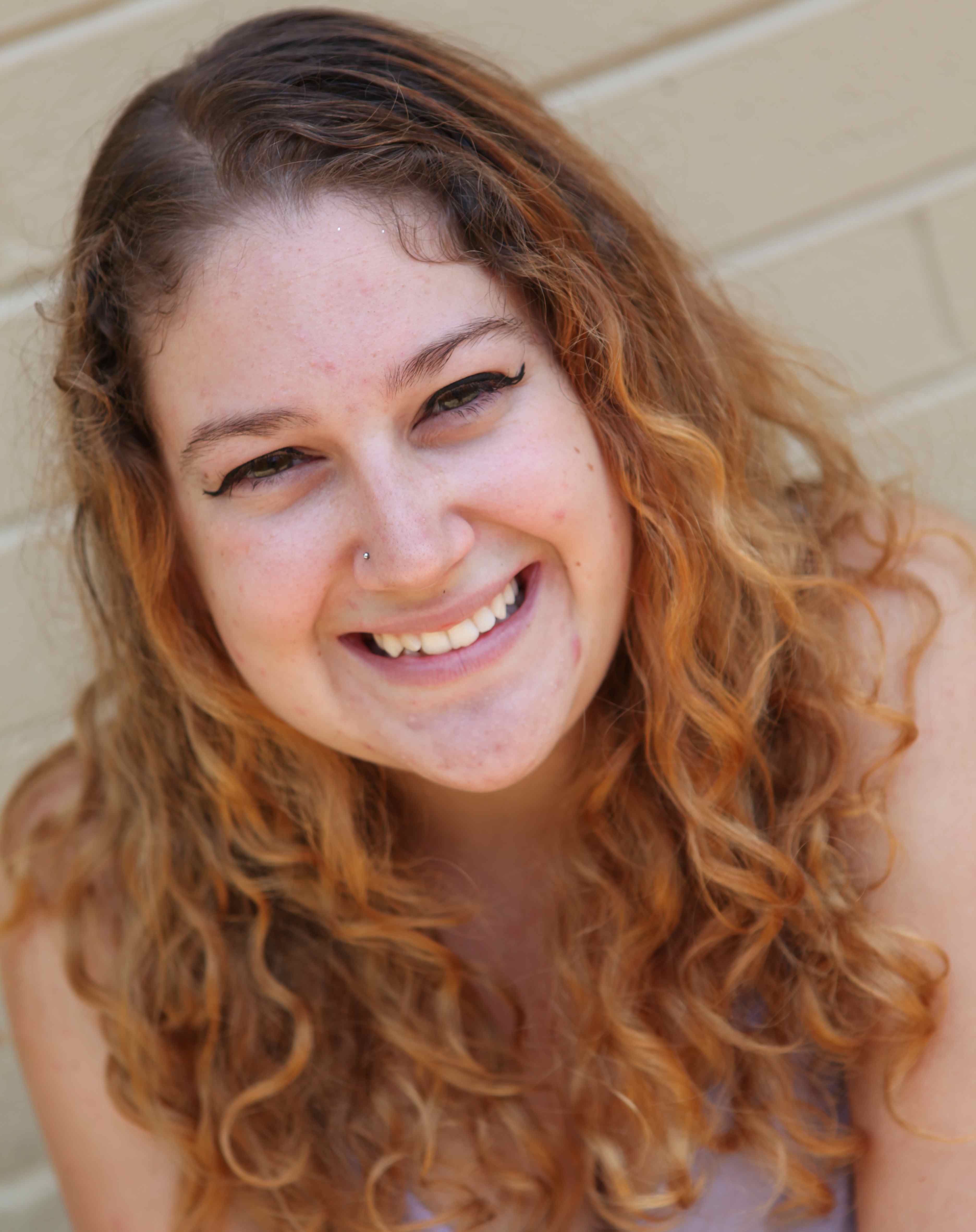
Alix Feinsod
Alix Feinsod is an
undergraduate student doing research with Professor
Prochaska. She is working on developing software to
analyze lyman-alpha emission and absorption lines from
high redshift galaxies.
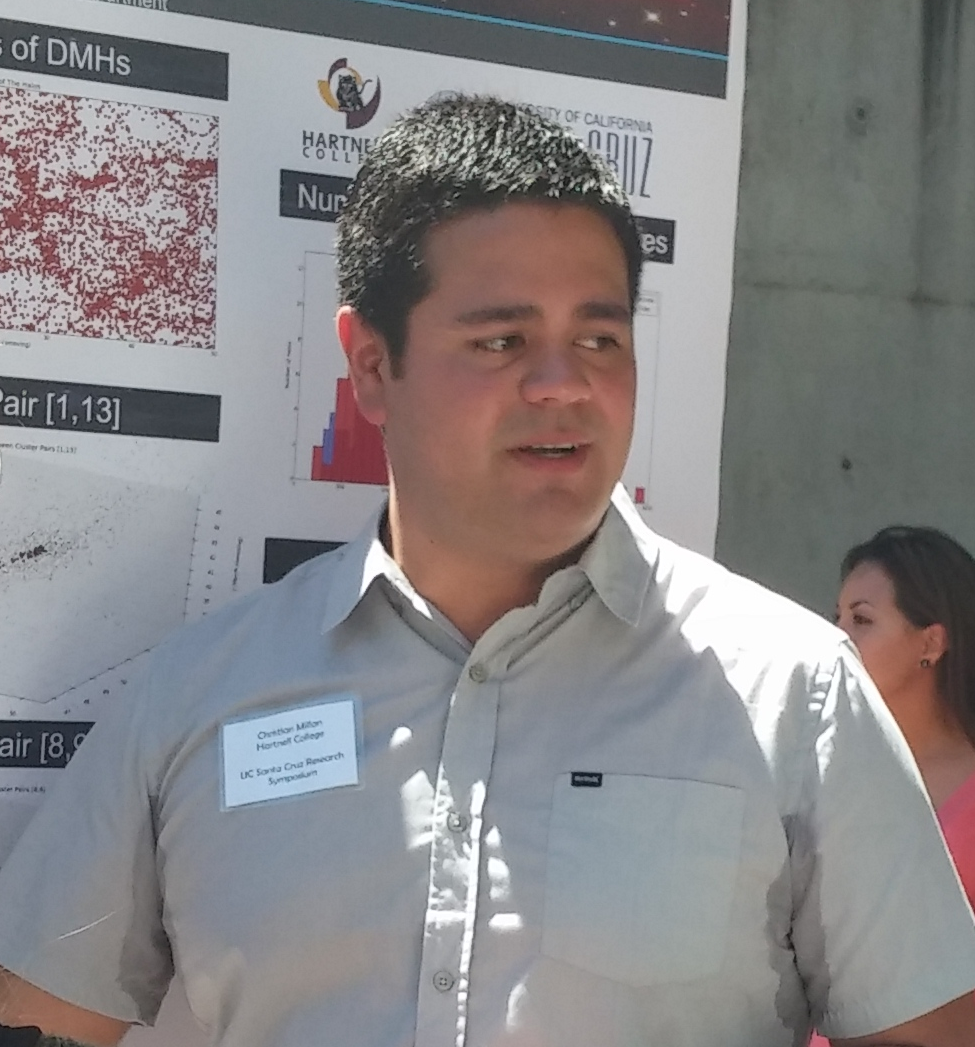
Christian Millan
Christian Millan is an
undergraduate student doing research with Professor
Prochaska and Dr. Tejos. He is working on finding ways to
define large-scale structures using the outputs of the
cosmological N-body simulation, Bolshoi.
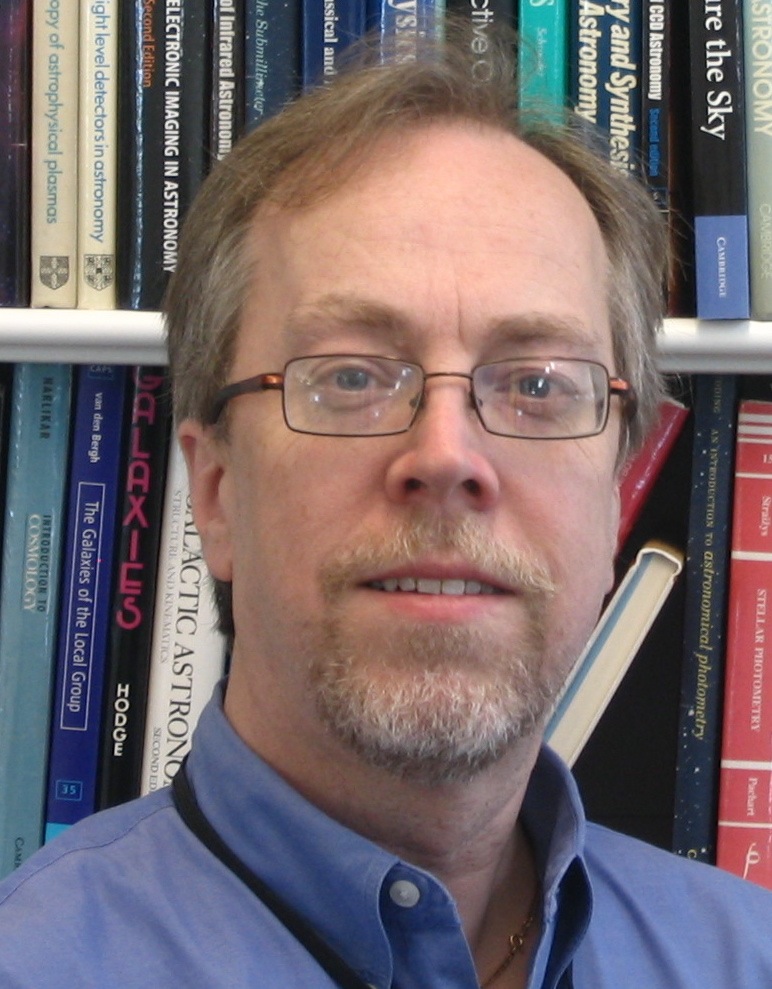
B-G Andersson
Dr. Andersson is the Science
Operations Manager and a senior scientist with the SOFIA
project. His main research interests focus on
observations of interstellar polarization, specifically
with the aim of understanding the physical mechanisms
behind interstellar dust grain alignment. He also works
on high-resolution spectroscopy, using UV to radio
wavelengths, with a goal of understanding the physics and
chemistry of the transition between the dense and diffuse
phases of the ISM.
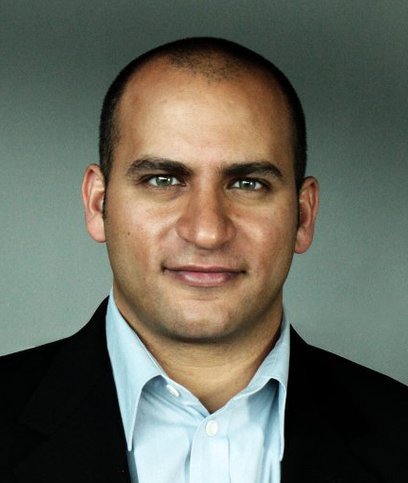
Joseph Hennawi
Dr. Hennawi, now a research
group leader at MPIA, leads several IGM programs related to
spectroscopy of quasar pairs. He is a close collaborator of
Professor Prochaska and a regular visitor of IMPS at
UCSC.
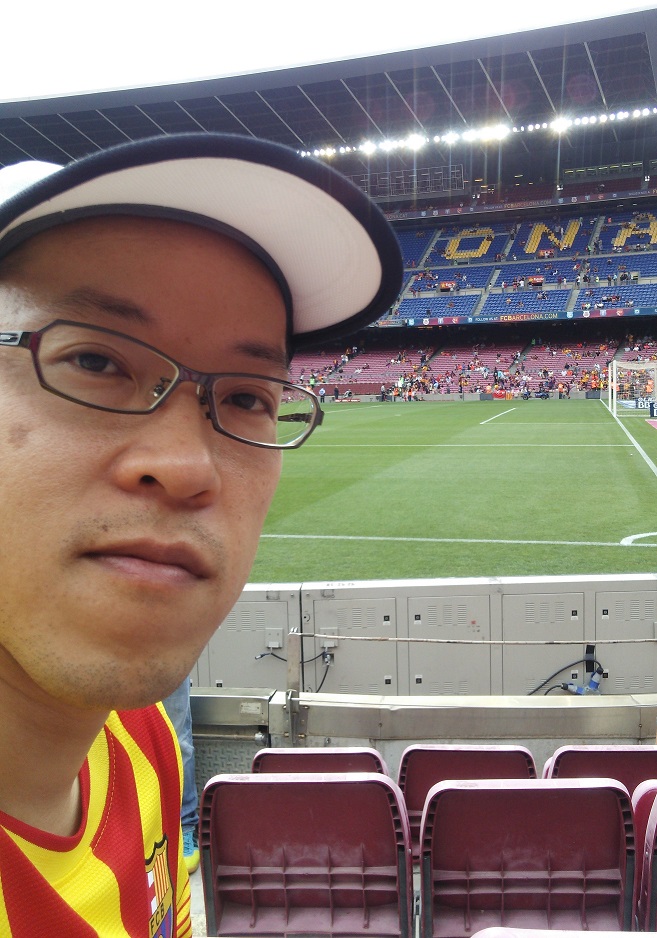
Akio Inoue
Professor Inoue is an associate
professor at College of General Education, Osaka Sangyo
University, Japan. His research interests cover the
cosmic reionization and intergalactic medium, galaxy
formation and evolution, and dust in galaxies. He has
also published few papers on dust in protoplanetary
disks. He is a short-term scholar at UCSC during the
fall and winter quarters in 2014/2015.
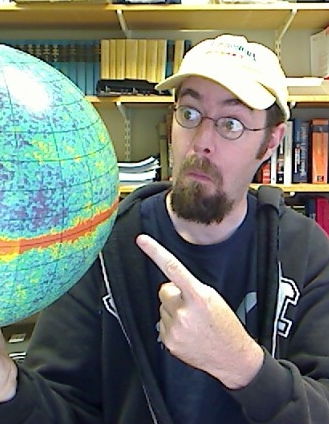
John O'Meara
Professor O'Meara is an
assistant professor of Physics at Saint Michael's
College. His research interests include statistics of the
Lyman alpha forest, Lyman limit and damped Lyman alpha
systems, the IGM/galaxy interface, and observational tests
of Big Bang Nucleosynthesis models using the D/H ratio.
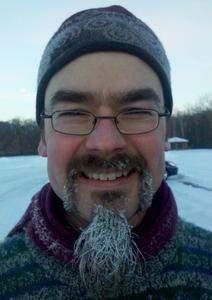
Todd Tripp
Professor Tripp is a close
collaborator of Professor Prochaska and a visitor of IMPS
at UCSC.
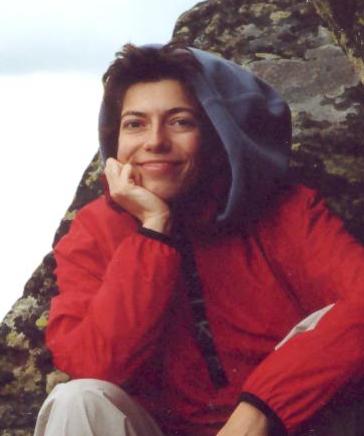
Serena Bertone
Current position:
Tele-communications industry (Germany)
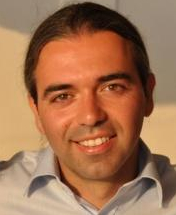
Sebastiano Cantalupo
Current position:
Research Team Leader ("Obserassistent") at ETH Zurich
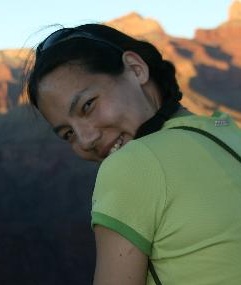
Kathy Cooksey
Current position:
Assistant Professor of Physics & Astronomy, University
of Hawai'i, Hilo
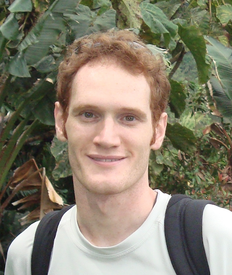
Michele Fumagalli
Current position:
Lecturer, Durham University, UK
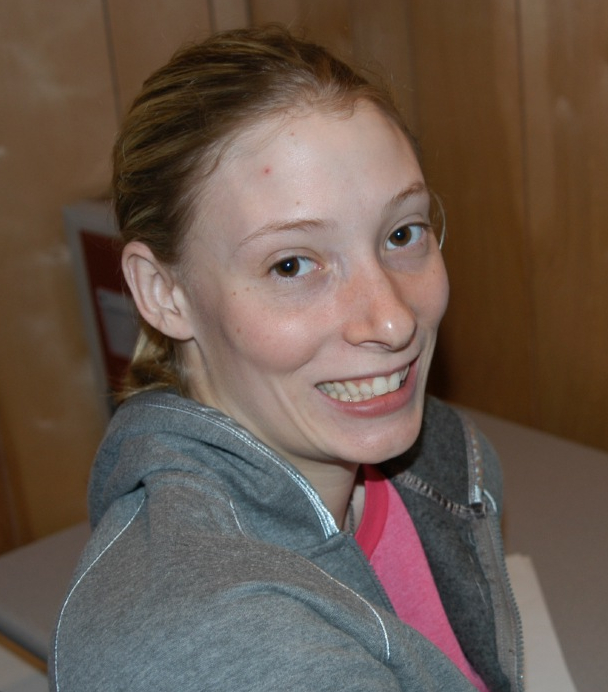
Amy Furniss
Current position:
Postdoc, Stanford Univeristy
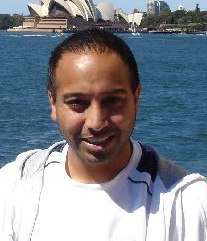
Jason Kalirai
Current position:
Staff Scientist, STScI

Kyle Kaplan
Current position:
PhD student, U. Texas
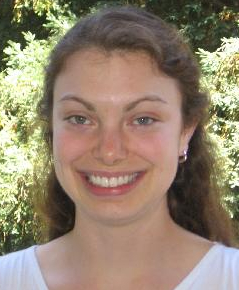
Kate Rubin
Current position:
Clay Fellow, Harvard University
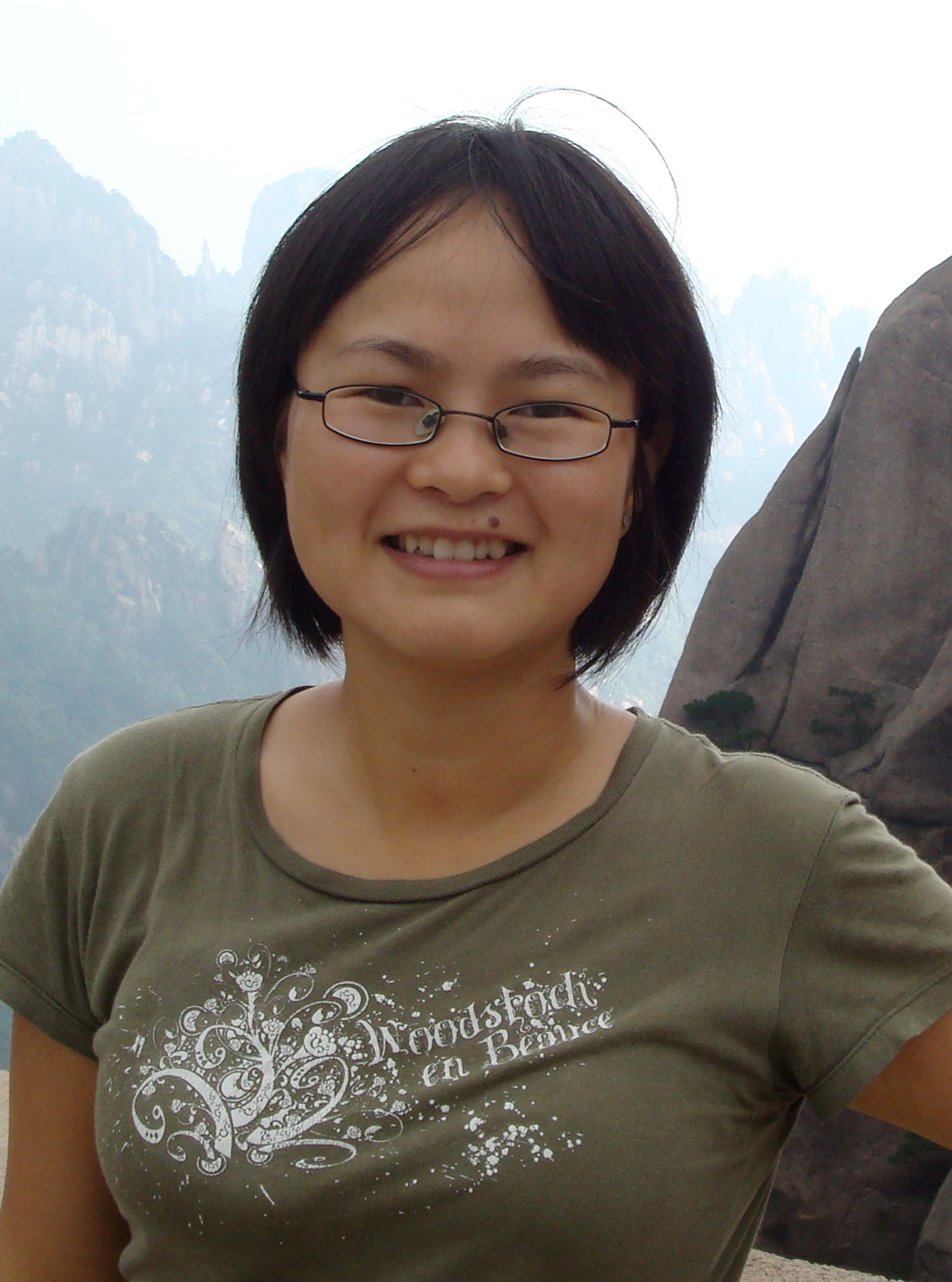
Sijing Shen
Current position:
Postdoctoral Fellow, Cambridge University

Robert da Silva
Current position:
Data scientist, Bay Area
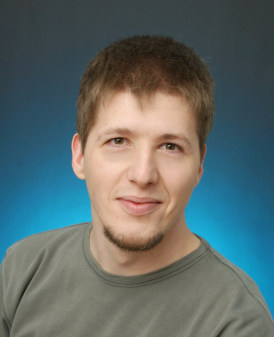
Gabor Worseck
Current position:
Postdoc, MPIA







































